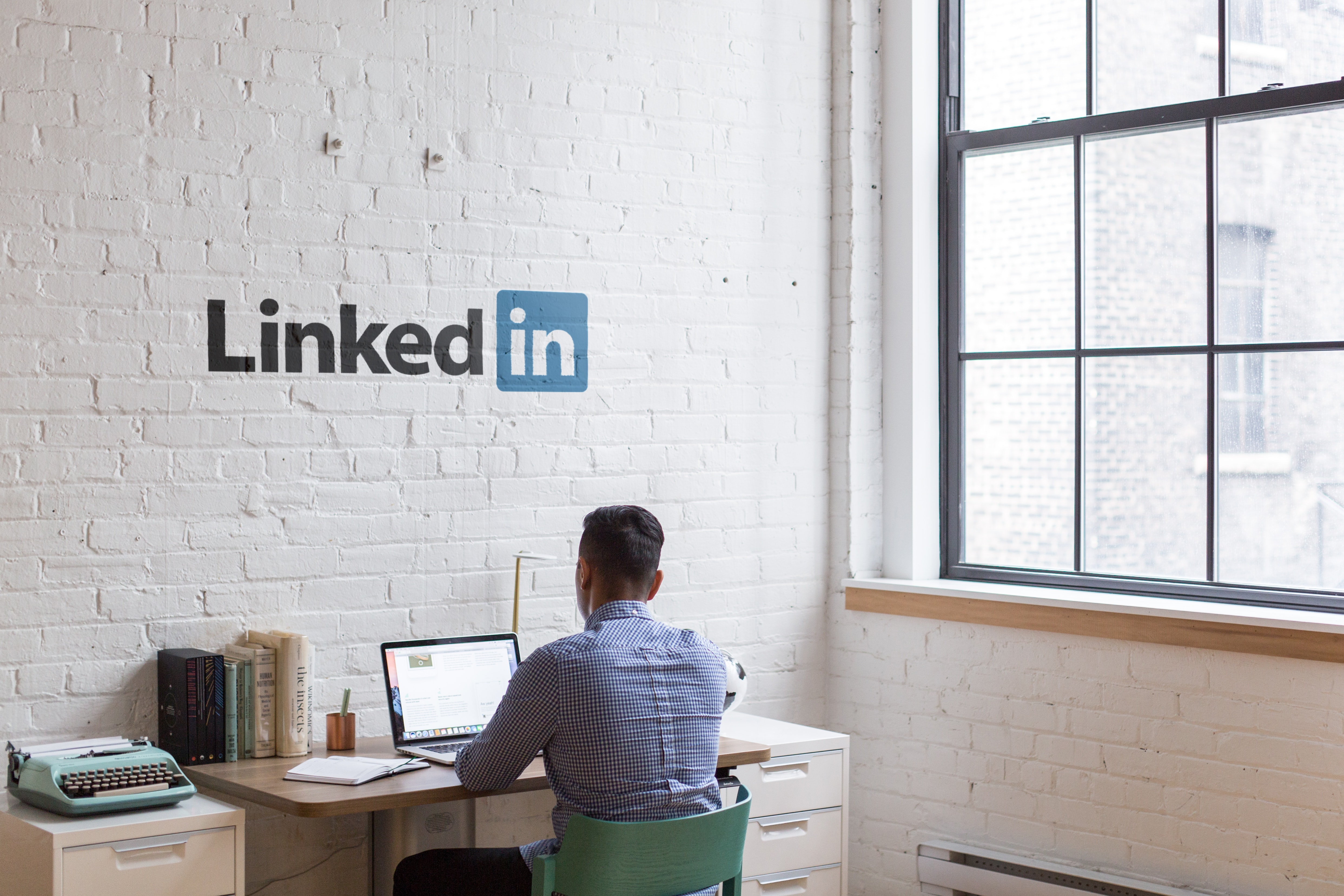Whether you like it or not, Social Media is getting noisier. As a result, it’s getting harder to break through and capture the attention of those you want to speak to. More than two new members sign up for LinkedIn every second. That’s over 172,800 new users per day, but the big challenge is attracting their attention.
The social media game has moved on in recent years and, in this blog, we examine some of the ways B2B brands can stay ahead of the curve. There are many stories out there about how brands have had the most incredible success on social media. This is true, but replicating this success is not that easy.
To assess how hard the road could be for your business, first you need to consider three factors that have a big influence on success:
1) When you started. Companies that were early starters with LinkedIn and got a handle on things when the landscape was quieter will have a distinct advantage. Those have been consistently posting and optimising their social content, while building up their social followers, tend to do better than newbies.
2) Your brand and industry. Some companies are better suited to LinkedIn than others. Niche technology businesses on LinkedIn don’t have as easy a time as say high-end dog collar manufacturers on Instagram. This isn’t to say some companies shouldn’t use it, but dogs looking cute in fashionable collars is something people love to look at and share.
3) How much your team interacts with the channel. So, we’re talking shares, tags, comments, links, contributions on the Company LinkedIn Page. The more, the merrier.
Some stats for you:
“Research from LinkedIn shows that, when employees share content, they typically see a click-through rate that’s double that of their company.”
“Despite the fact that only 3% of employees share content, they generate 30% of all content engagement for a typical business.”

So, now you have some context, let’s take a look at a couple of other things you need to understand with B2B social.
Algorithm
Linkedin’s Feed algorithm is centred around “people you know, talking about the things you care about.” In other words, the Linkedin algorithm prioritises personal connections based around interests. We can take from this that:
- It preferences posts from people over brands
- It preferences interacting brands over ‘broadcast’ brands
- LinkedIn have a commercial interest in monetising posts - that is after all why they have an ad platform, So, we can surmise that it’s in LinkedIn’s best interest for ‘commercial’ posts to perform less well organically and need a bit of a boost.
The LinkedIn User
We need to have realistic expectations of the LinkedIn user, what they are doing on the platform and what they want from it (and, sorry, it isn’t just to hear about your latest software release blog post).
Ultimately, they are there in a work context, idly browsing and, if something grabs their attention, they may engage. Even if you know the goals, challenges and pain points of your prospects, and you talk directly to them, there may still only be a few hundred potential customers willing to follow and engage with you.
The reason B2C social tends to work better and delivers bigger numbers is because it focuses on people’s passion points. People love their pets but, at best, only like their software. This is why some brands have great success on their social (or so it appears) where others potentially need to recalibrate their expectations.

So, now you know your stuff, you’re ready for our seven golden rules for winning at LinkedIn:
- Don’t try to use LinkedIn as a marketing medium
Remember, social media is not marketing or a marketing strategy. It is a channel just like email or radio advertising. To be successful you need a supply of good valuable content, used across multiple channels in a cohesive way. As a channel it works brilliantly as part of an inbound marketing strategy furthering your ROI on content creation.
- Create content people will want to read
Great content takes existing knowledge and then adds insight, research or new findings. Consider the format you use carefully. Video is a high performer on LinkedIn but not all content formats suit all channels.
Your content also needs to be tailored and targeted to your buyer personas or ‘ideal customer’. Relevancy is just as important with LinkedIn as it is anywhere else.
- Review and Optimise
Take time to review the performance of your posts. See what is resonating well and adapt future language, tone, content, imagery and formats accordingly.
- Don’t post too often
Posting three times a week, or maybe four if it’s a busy news week, would be the industry average. Gone are the times of post, post, post, particularly as more than one post a day tends to cannibalise the performance of the first post.
In HubSpot’s predictions for 2021, a less is more approach was recommended. Ask yourself before you post, does this actually add value? If not, probably best not to bother.
- Include ‘Paid’ in your strategy
There are lots of options for promoting your best posts to a new audience or increasing your followers with Ads. If you’re planning to do organic only, then you need to manage your expectations accordingly. Yes, some posts can and do go ‘viral’, but some people also win the lottery.
Some posts and messaging suit paid more than others. It’s better to target a few people you want to have conversations with rather than a vast number of people, many of whom will not be relevant for you.
Thousands of likes on a LinkedIn post is usually a sign that lots of people agree with you, not so much that the post has actually moved them to take action. Last time you liked something thousands of others had liked too, can you remember who posted, what they did, or why it was relevant for your professional life?
- Think carefully before you create a company page
If you’re new to LinkedIn as a business, and have not yet created the company page, you may well be better off not bothering. There’s an increasingly popular line of thinking in the Marketing Community that suggests if you’re a small business of say 20-30 employees or less, take a personal branding approach instead. Remember, LinkedIn will be favouring people and not your company page. It wants to put business through its paid Ads.
- Consider developing your personal brand
Personal branding is the process of establishing a reputation for the things you want to be known for and positioning yourself as a voice of authority for that topic within your network. You might choose to do this for a number of reasons including professional networking, career advancement, speaker opportunities, or to establish a selling advantage.
A few years ago, personal branding was probably only relevant for those at the c-suite level, including those big company personalities with the influence to boost their brand’s reputation and mission. Apple had Steve Jobs, Tesla has Elon Musk, and Virgin has Richard Branson.
These days however, more and more people are working on their personal brands and it can really drive engagement. An important first step in developing your own personal branding is to consider what your objectives are. That’s because you’ll need to invest time in a) growing your network and b) posting regularly.
The case for taking a personal branding approach to LinkedIn is a strong one. The top brand by number of followers is Google with 17.72m, closely followed by TED (of TED Talks fame) with 17.69m. Contrast this with personal accounts where Bill Gates has all of 28.1m followers.
.jpg?width=3561&name=hello-i-m-nik-fNMRpUnInH8-unsplash%20(1).jpg)
What should you take out of all this?
If you remember just one thing from this blog, it should be that social media is about people. The more deeply you understand your desired audience and what they want the better you will do. What people really want is to hear stories, see new things, be inspired and to develop themselves through learning. The best thing you can do is flex your messaging to deliver on this and remember that time spent generating high quality relevant content is never wasted.
The time for pumping out passive posts that talk about what you sell is long gone. To win at LinkedIn in 2021 you need to get out there and engage with your audience. You also need to engage your team with your social, put a paid budget in place to ensure things you really want to be seen are seen by the right people and last but not least, place your personal brand further up the list of priorities.
If you're looking for support with your social media strategy please do get in touch.
